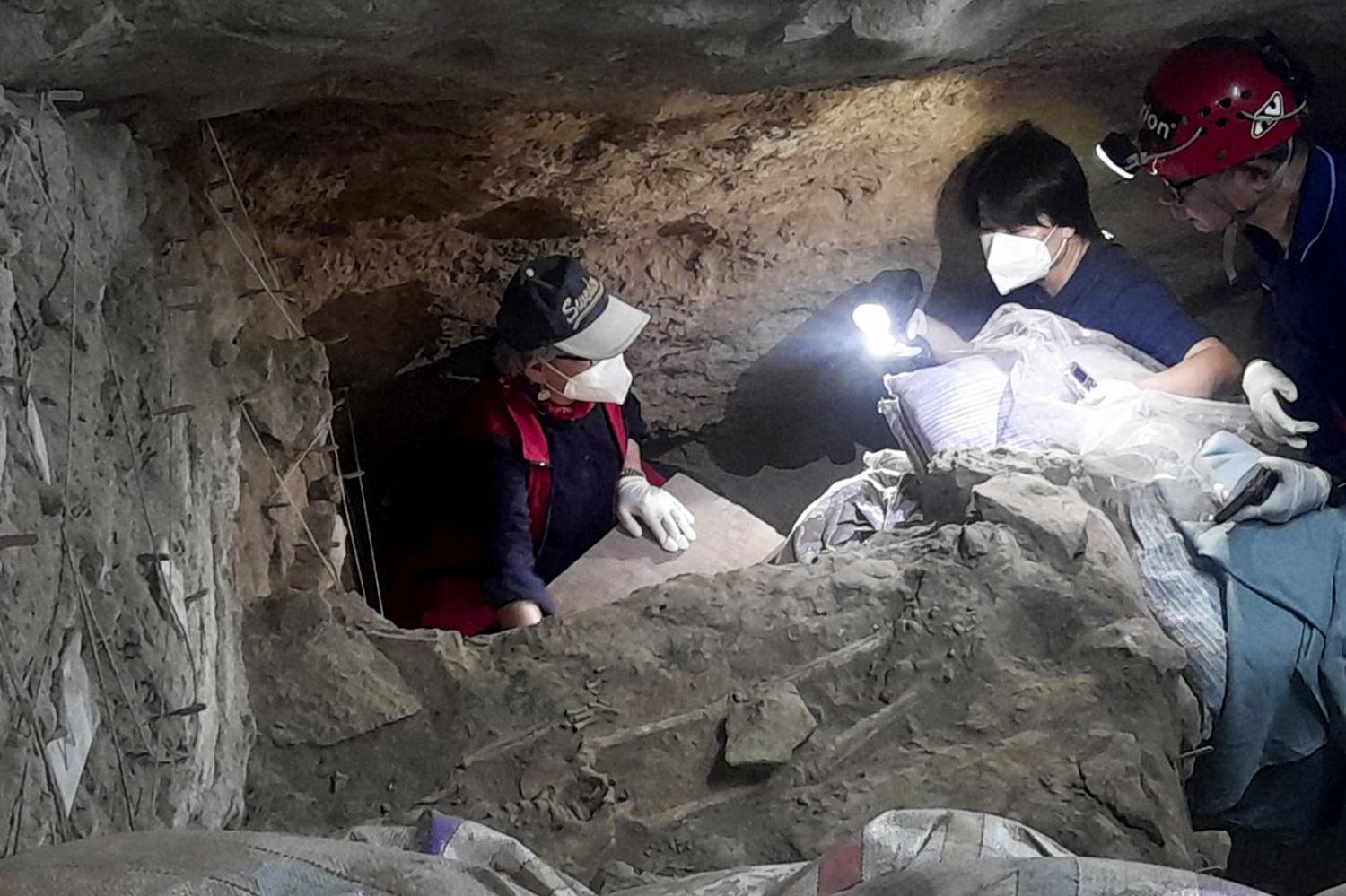Discovery Overview
Archaeological Significance
The recent discovery of a 29,000-year-old human skeleton in Prachuap Khiri Khan, Thailand, marks a significant archaeological breakthrough. This ancient find, believed to belong to a child aged 6-8 years, provides crucial insights into prehistoric human life during the Ice Age. The skeleton, named “Pangpond,” was uncovered in Tham Din Cave within Khao Sam Roi Yot National Park, alongside ancient cave paintings and artifacts such as stone axes, shells, and animal bones.
Historical Context
Prehistoric Human Habitation
The discovery confirms that the region now known as Thailand was inhabited by humans during the Old Stone Age. The cave paintings and artifacts suggest a rich cultural and technological presence, with evidence of a diet that included deer, boar, shellfish, and plants. This find is pivotal for understanding early human settlement and technological development in the area.
Scientific Analysis
Age Determination and Ritual Practices
The skeleton’s age was confirmed through radiocarbon dating in the United States. Preliminary analysis suggests that the child was buried with ritualistic practices, including stones and red earth covering the forehead and chest, possibly symbolizing blood and power. The body’s position and the binding of the ankles indicate a cultural ritual, providing insights into the community’s beliefs and practices.
Future Developments
Tourism and Educational Initiatives
The site is slated for development as a natural and educational tourism route, integrating the archaeological findings with the natural attractions of the national park. This initiative aims to enhance Thailand’s status as a significant site for studying human evolution and prehistoric life. Further excavations and research are ongoing to uncover more about this ancient civilization.









